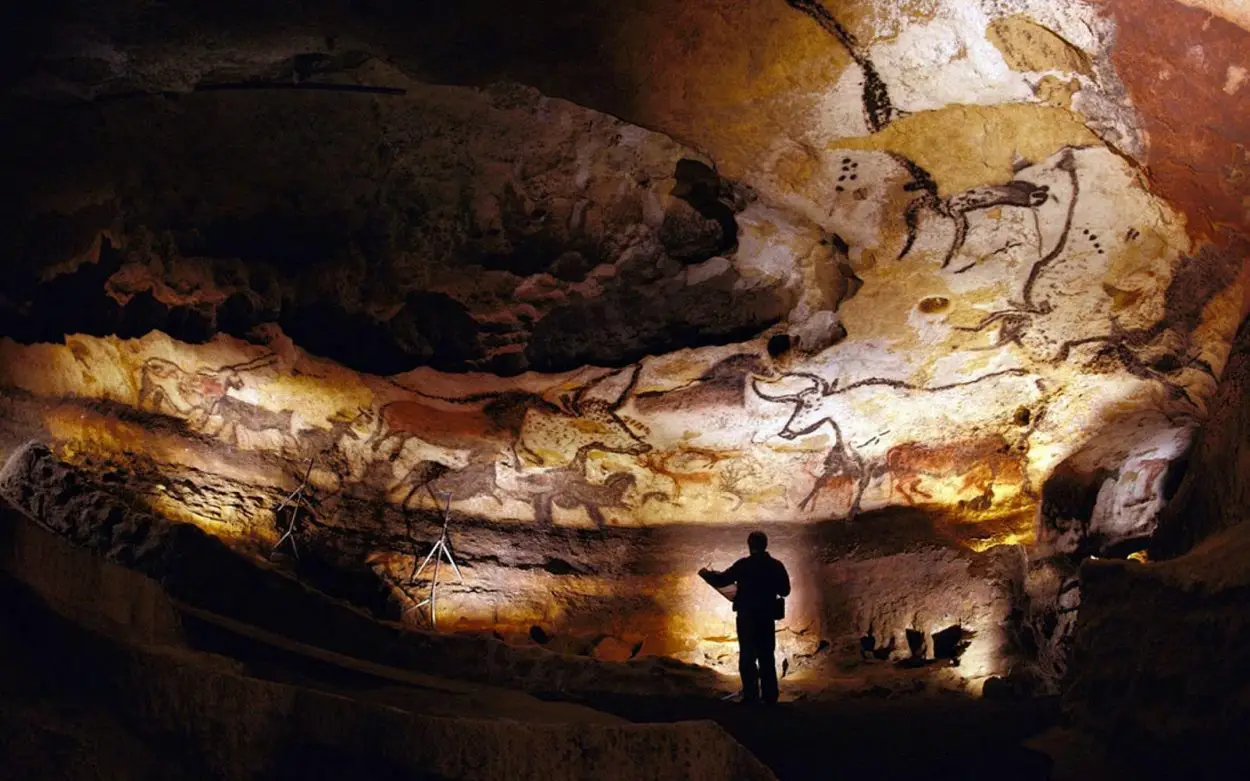Archaeologists from the Tel Aviv University suggests that stone age humans got high caused by hypoxia whilst deep inside caves.
In a new study published in the Journal of Archaeology, Consciousness and Culture, archaeologists have been conducting studies on the effects of smoke and poor air circulation on humans whilst inside palaeolithic caves and rock shelters.
Yafit Kedar from the Department of Archaeology and Near Eastern Studies at Tel Aviv University told the Jerusalem Post: “People have always been fascinated by caves. Underground cavities and hollows in mountains played a special role in the ontology and cosmology of indigenous societies, past and present.
Various caves in France contain cave paintings deep inside the cave interior, which has led to the researchers investigating the possibility that humans penetrated further into caves where the lower concentration of oxygen could lead to hypoxia.
Hypoxia is a condition in which the body or a region of the body is deprived of adequate oxygen in environments where the the oxygen concentration stands below 18%.
The study found that a combination of the enclosed environment, limited air circulation, and the use of fire to illuminate a cave led to a rapid decrease in oxygen as low as 11%.
Humans can survive in environments as low as 9%, but If oxygen delivery to cells is insufficient due to rapid onset of hypoxia, subjects can suffer symptoms such as headaches, confusion, disorientation, hallucinations, behavioural change, severe headaches, a reduced level of consciousness, and a sense of euphoria like a drug.
The researchers also suggest that the altered mindset would have affected their cognitive abilities to draw in the caves.
In their paper, they wrote:
“We suggest that the depictions themselves should be viewed as one component of human connectedness and interactions with the cosmos, and not as the sole and ultimate objective of the humans who created them in the inner most depths of the cave. We contend that entering these deep, dark caves was a conscious choice, motivated by an understanding of the transformative nature of an underground, oxygen-depleted space.”
Header Image – Lascaux Cave – Image Credit : Le Sudiste – Public Domain
.





